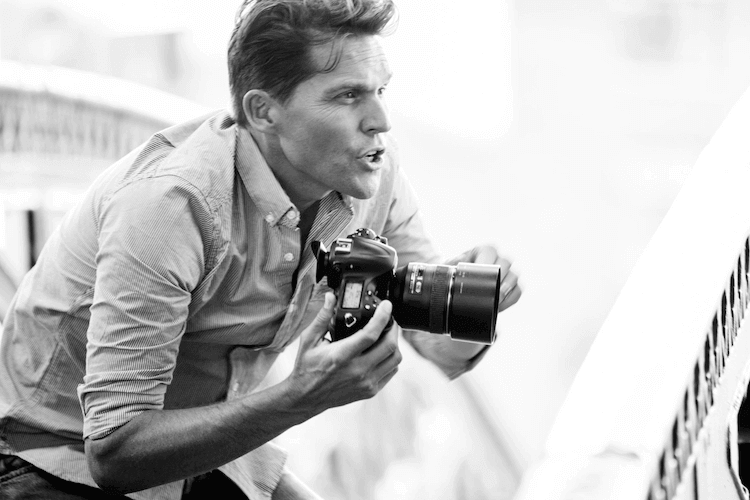This week we are happy to share with you an interview with a photographer Frank Doorhof from the Netherlands! Frank is model/fashion and artist photographer. Over the years Frank shot images for: Wibi Soerjadi, Penney de Jager, Annemarie Kremer, Sarine Voorn, Sarina Kay, Ali B, Bad Boyz, Sean Webster band and many, many more. In 2014 Frank in cooperation with Scott Kelby’s team released a book “Mastering the model shoot” which went bestseller within 6 months. He also released 20 instructional DVDs/Videos which are sold worldwide. In 2010 Frank was the first European photographer to join KelbyOne!
If you are interested in fashion photography classes check our article and for the tips from professional photographers, read on!
You photograph people – what is it that you find so fascinating about them?
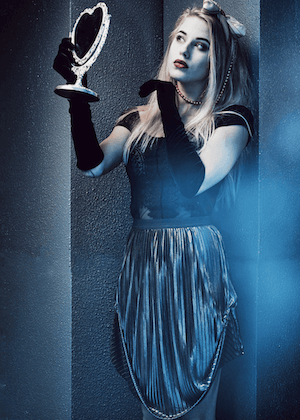
I feel it’s always a challenge to create something new and unique, everyone can make a great shot of a beautiful person in front of a seamless backdrop (well almost everyone that is) but making that image “speak” and show the character or the idea you have in mind is a totally different challenge.
For me telling that story is I think the challenge and therefore fascinating thing. Plus, of course, you work with styling in clothing, hair, set, etc. there is so much that’s possible.
I love to photograph people, but this also include street/travel photography, glamour, cosplay, musicians, actors, etc. So it’s far more than just fashion, the main thing, however, in my photography is that living entities are very interesting, being it an animal or a human being, I think it’s all about that character again.
What projects are you working on now?
At the moment we are finishing my new book. It’s a bit like a Mastering the model shoot part II but from the other side. In “Mastering the model shoot” a lot of attention was given to working with models, styling, lighting, retouching, etc.
This book is about locations. How to shoot kick ass photos in almost any location. In the book I not only talk about lighting but also about building your own studio from the smallest room to your own building including loads of tips and tricks for those locations and, of course, lighting tips and gear tips. Combined with “Mastering the model shoot” it should be a pretty complete documentation of how I see the model/people photography.
Could you describe a typical shoot?
Not really, every shoot is custom-made for the client, but overall we will have a sorta workflow.
When the model/client comes in we will first make them relax, have some drinks or a snack, let them alone for a few minutes and then start a conversation before we even talk about the shoot. Don’t worry in total this is maybe 15 minutes and it’s not calculated towards the client, of course. But I strongly believe that a relaxed client will yield better results, and give you better mouth to mouth advertising (the best kind).
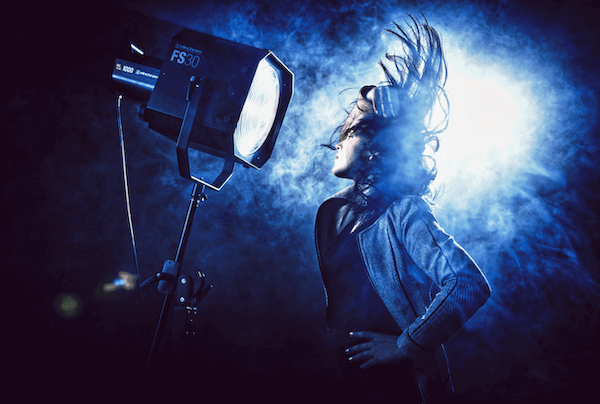
During the session I shoot tethered to a large monitor where the client can see the images and give pointers on things they want differently, for me it’s always team work, together you create stronger images than alone (depending on the client and my own vision that is).
Every shoot is custom-made for the client.
During a session I don’t take a lot of images. I try to hit it within 10-20 shots and experiment a bit after that, doing 3-5 extra every time I get a better shot than the one before. This often means that a set is done in 5-10 minutes, this way we can work really fast and do a lot within a given time, something that works great with celebrities or CEOs who are often stressed for time. And although I believe one should take time for the photos, I do understand that in some cases it has to be done fast. However I will never ever shoot it too fast, it has to be there otherwise I don’t stop or deliver the images, it’s also my name that’s on the photo so to say. And luckily the clients we shoot agree upon this. Also seeing I don’t spend a lot of time on testing stuff out before we can start it actually means that we hit that mark pretty fast. Now don’t get me wrong, I try out a lot (also during sessions) but by using a lightmeter/color checker, etc. I have it set up pretty fast instead of taking a few test shots every setup.
Are there are any rookie mistakes or common misconceptions to avoid?
Don’t think a lightmeter will make you a better photographer, it’s just a tool. But it will speed up your workflow insanely. This is without a doubt the advice I would give to every studio shooter (or other flash users) please use a meter, it doesn’t make you old-fashioned or slower, it doesn’t take away your creativity but it just makes it possible to set up your lighting much faster.
Use a meter it makes possible to set up your lighting much faster.
Another thing is the following “Most photographers are controlled by their lighting, while you as a photographer should be in control of your lighting” meaning learn the basics, spend a few days learning about what your lighting does and learn to see the light (watch the shadows) when you master this (and it’s really not that hard) you can do the creative stuff by understanding what’s going on instead of just throwing some lights in a set and figuring out what the hecks going on, or copying learned lighting setups.
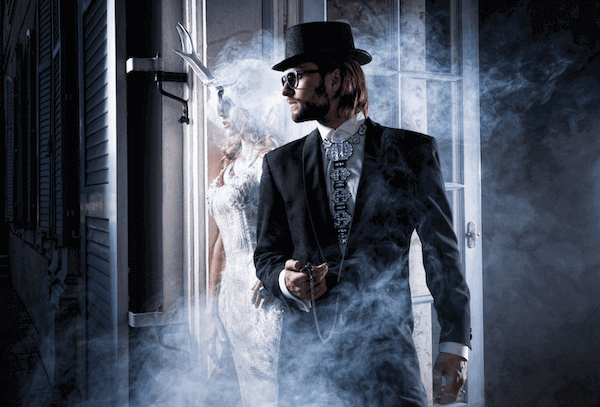
I see this happening a lot, a photographer knows lighting setups but is confronted with a situation they don’t know (for example more available light) and they block. It always surprises me a bit when I teach workshops on tradeshows that I see a lot of photographers testing 3-4 setups before the show and being very “frantic” about conditions they encounter, I do it slightly differently.
You better know what your lighting does.
I just take the gear I have and will adjust it to the situations. Reflective background means that I will work with that and incorporate it into the shot (maybe even make it a key element) this way I’m always doing something fresh and or different and it keeps me in a constant mode of anticipation which is always good for being creative. The thing is you better know what your lighting does, you don’t want to be in front of a huge crowd and don’t know what to do.
The next thing is gear. It’s the most used excuse, it’s the gear, it’s the location, too much/too little available light, etc. It has something to do with the previous thing. Just learn to adapt, train yourself to judge a location/situation and just solve it with what you have. If you don’t have enough power it means that you don’t shoot day to night, if you have enough power you can do both, if you only have a smartphone find a cool spot with great natural light, or let the model wear shades/sunglasses to hide the racoon eyes from the sun. You can really make kick ass images with almost anything. Over the years I’ve shot images with almost any camera (ranging from polaroid/film to digital medium format and smartphones) and used almost any light source from tungsten lightbulb, strobes to even flashlights from smartphones. It’s all possible, the biggest problem is between your ears, break that barrier and you will be getting awesome shots… trust me.
What’s the funniest moment you had as a photographer?
So many “warstories” but funniest…
I think the moment we were in Atlanta in the evening and one of my good friends decided to take a shot from a lake and stand on the concrete floating in the lake. The moment I thought, “mmmm concrete in a lake? What?” It was already to late and she was under water. The concrete was not concrete but bird poop floating on the water, and because it was pretty dark it looked solid. She smelled, her camera did still work and we had loads of fun (luckily the camera still worked).
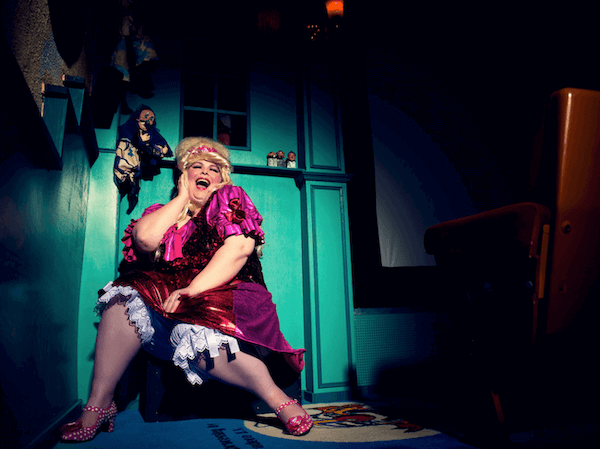
Now that was someone else messing up, but I can also do my part. I just got a new Mavic Pro 2 with the Hasselblad camera, and I have to be honest every time I fly I’m scared. It has no reason but I still am, so sometimes I don’t think straight. For the vlog I was filming a building I filmed before, it’s a cool building with Emmeloord op top (my home town) so I know the distances pretty well. However this new drone has 2 options. One full-frame shot (wide) and one cropped 4K so a bit more tele.
I was testing this and I shot it on the crop mode, again I know this place. So I hovered down so far so good, say the building was too tight so I went up again and 10-20 meters more back and going down. All good, awesome shots, awesome views, man I love that drone, maybe with the new sensors I don’t have to be afraid again, look at that view man awesome. And then movement in the camera, sounds of branches breaking and propellers not having fun and I see what do I see… the ground, and now the sky, and now the building and immediately I hear “object, object”. Well, maybe next time tell me this BEFORE I crash my drone in a tree.
That tree line was app 10 meters more to the back. Again I know this place, have flown there before but I was so focused on the drone I did not realize that by using the cropped 4K version (high quality) I now moved more backwards and flew straight into the tree. But no panic I see the drone, maybe a ladder, nope too high, maybe a stick? Not even close, I even borrowed a large metal pole from construction workers being filthy as could be from that pole I realized it was a bit higher than I thought. We ended up renting a height worker that had to be maneuvered between the trees on wet grass and even that one couldn’t reach it, but thanks to the hero controlling it the drone did get down. Was that funny. No not really I was embarrassed as can be, but afterwards I did see the humor in it and I think it’s great for people to read that even someone who flies drones regularly it’s still frightening. It did make a funny vlog.
If you could give one advice to new photographers what would that be?
Don’t hide behind excuses, learn your basics and use the tools you have to create stunning work. In reality photography itself isn’t hard, it’s the story that’s hard. Photography is freezing unique moments in time that never come back again, making that one moment the perfect moment. That takes years and years to master.
Don’t hide behind excuses, learn your basics and use the tools you have!
Taking myself as an example, I think I know the basics of lighting pretty well, most of the time I’m in 99% control of my lighting and can predict what it’s going to do, but nailing the shot. Well, that’s a totally different story, I have a lot to learn and I think you never stop learning that part. Lighting theory, etc. you can learn in a few weeks if you really go for it, but making it all clicks… This is also why during my workshops and videos I give more attention to the creative part than just the lighting part. I think that’s the part that is often neglected.
Make sure to check out YouTube for free videos, reviews, livestreams, vlogs etc. and, of course, Frank’s website and follow him on social media under Frank Doorhof (Facebook, Twitter, Linkedin, MeWe, Instagram).
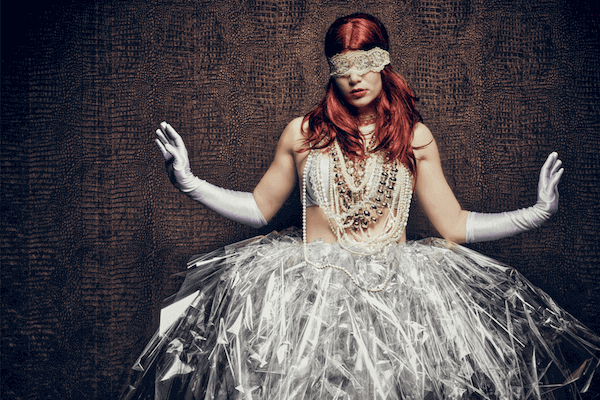
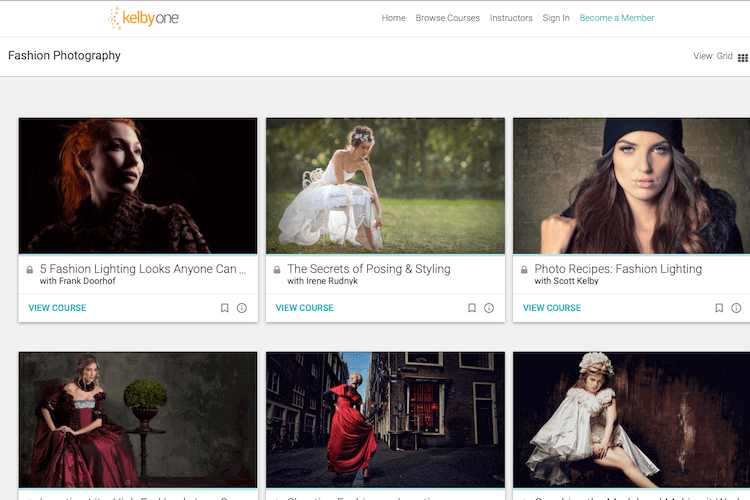 19 Online Fashion Photography Classes You Have to Check!
19 Online Fashion Photography Classes You Have to Check!